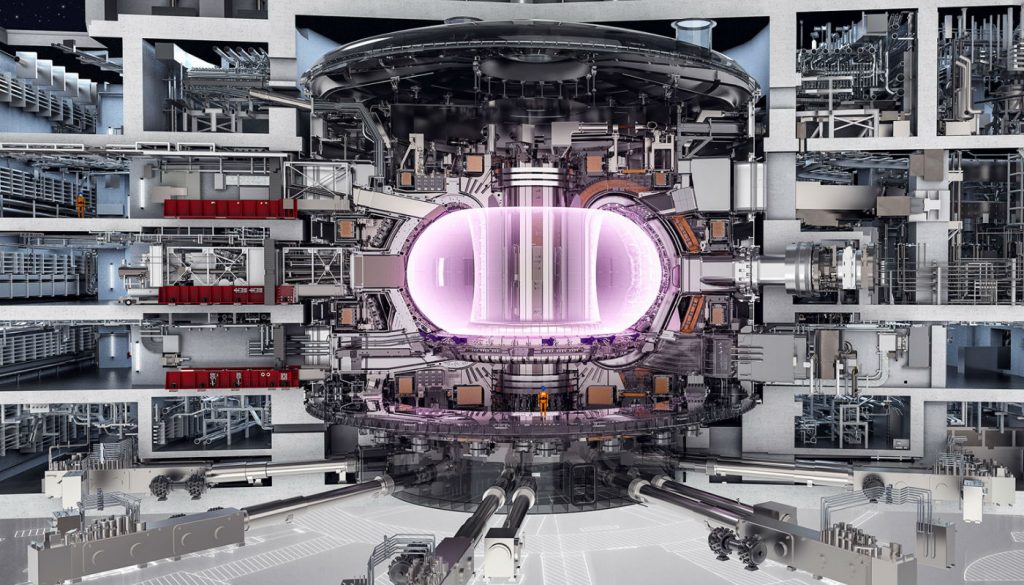Australia’s nuclear agency ANSTO has signed an agreement with the ITER international nuclear fusion energy organisation that will see it lend expertise on the ITER fusion project taking place in southern France.
Back in 1985, as the Cold War started to thaw, the then presidents of the US and USSR, Ronald Reagan and Mikhail Gorbachev, agreed to collaborate to develop a nuclear fusion reactor for peaceful purposes.
The ITER project was born the following year, and the two superpowers were quickly joined by the European Union and Japan and later by China, South Korea and India. The new agreement with Australia marks the first time a non-ITER member has been allowed on the project.
“This is a landmark day in the history of nuclear science in Australia,” said ANSTO CEO Dr Adi Paterson.
“Nuclear fusion is the Holy Grail for energy production and if achieved at a large-scale would answer some of the world’s most pressing questions relating to sustainability, climate change and security.”
Other Australian participants include the ANU, University of Sydney, Curtin University, University of Newcastle, University of Wollongong and Macquarie University. They will work with international experts, determining the feasibility of fusion energy as a large-scale, greenhouse gas-free energy source.
“ANSTO will use its expertise in nuclear techniques to measure the impact of the reactor vessel materials, which are placed under extreme heat and radiation inside the reactor,” Paterson said.
Why is it taking so long to build a nuclear fusion power plant?
The conditions for a fusion reaction to occur are extreme: ultra low-density ionised gas at temperatures of 100 million ºC or more. This requires a precise well-engineered vessel. The current fusion power record of 16 MW is held by England’s Joint European Torus (JET).
However, the JET plasma is too small to produce a net gain in energy. The ITER should produce 500 MW, which is 10 times the energy needed to create the plasma.



